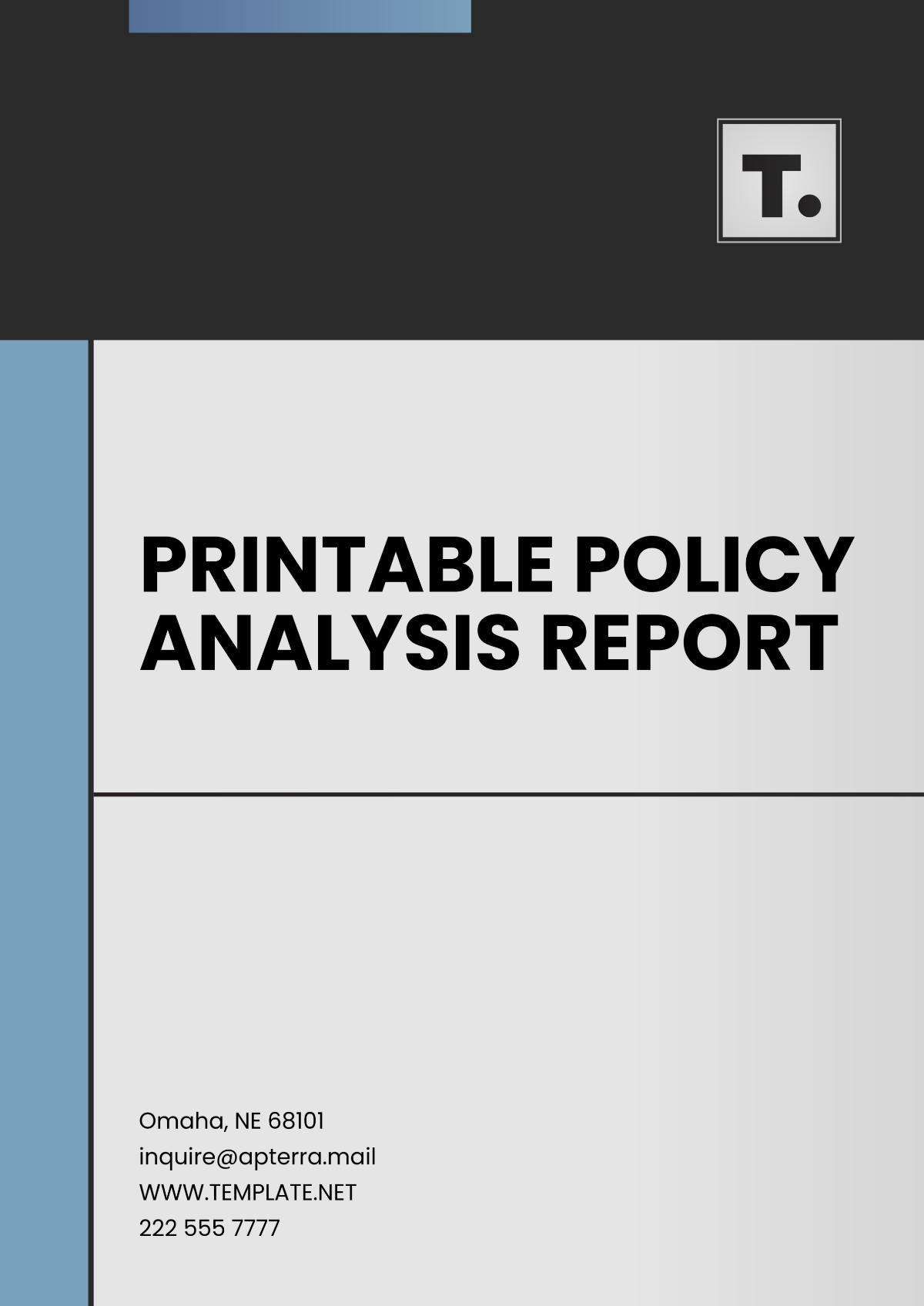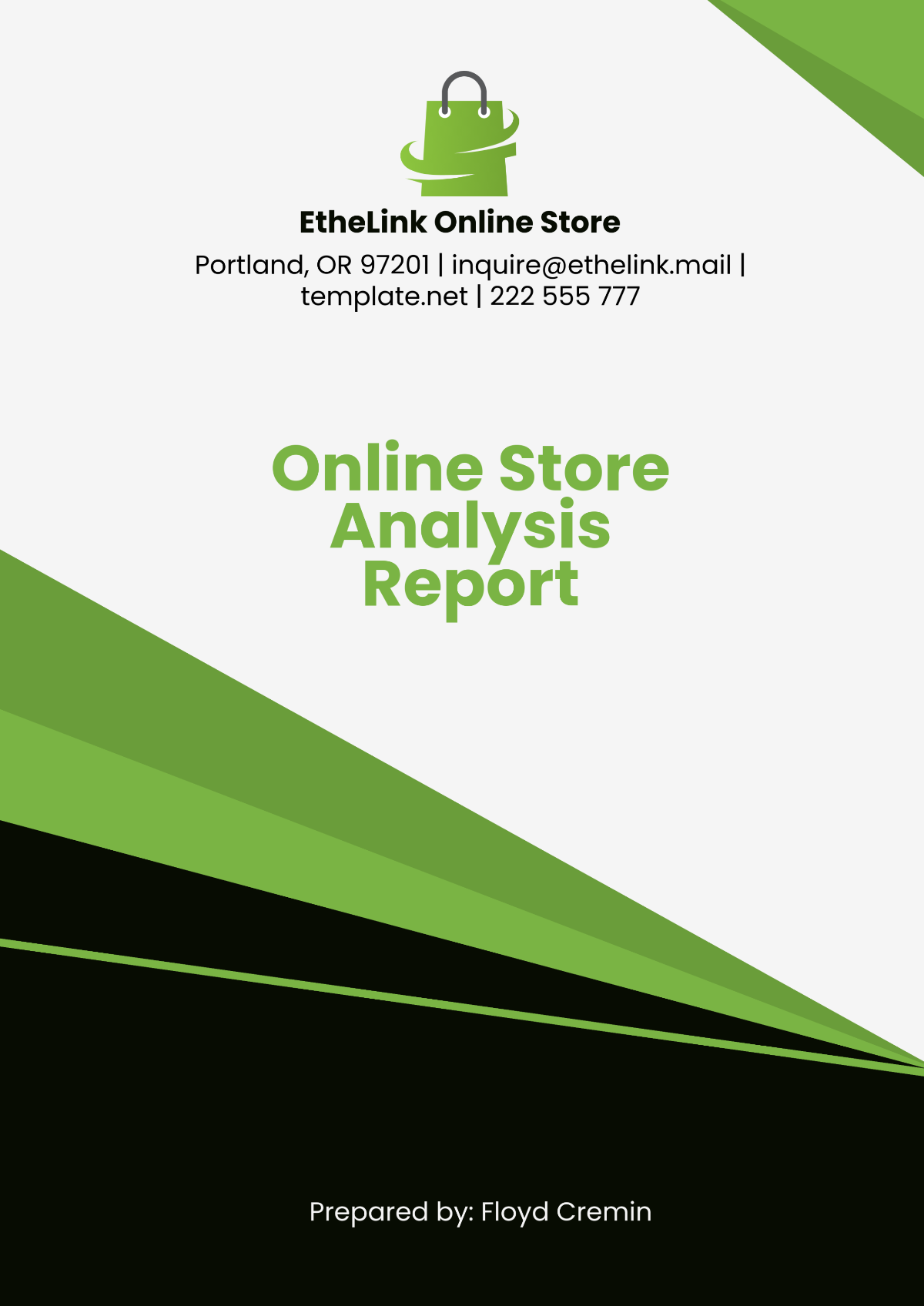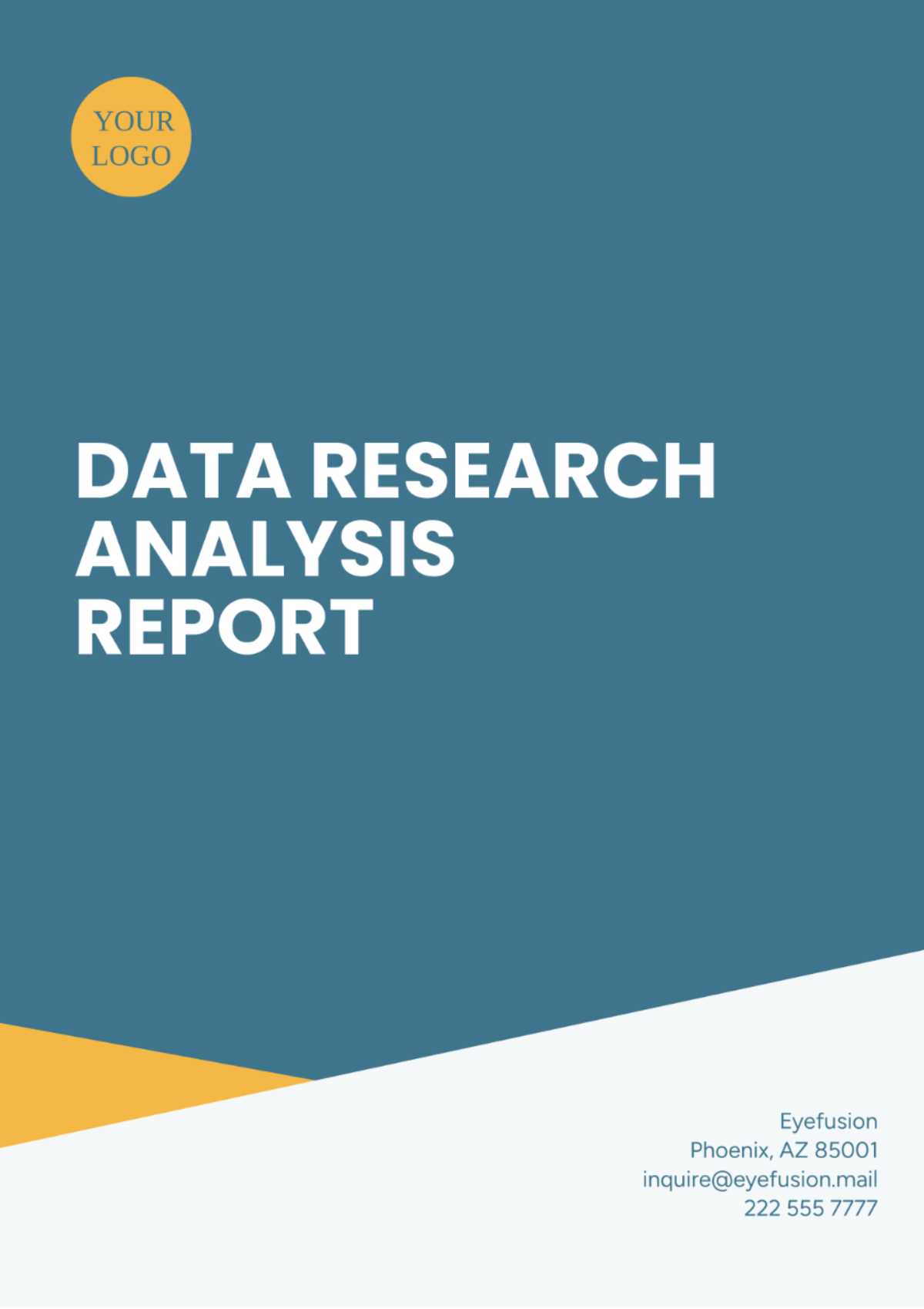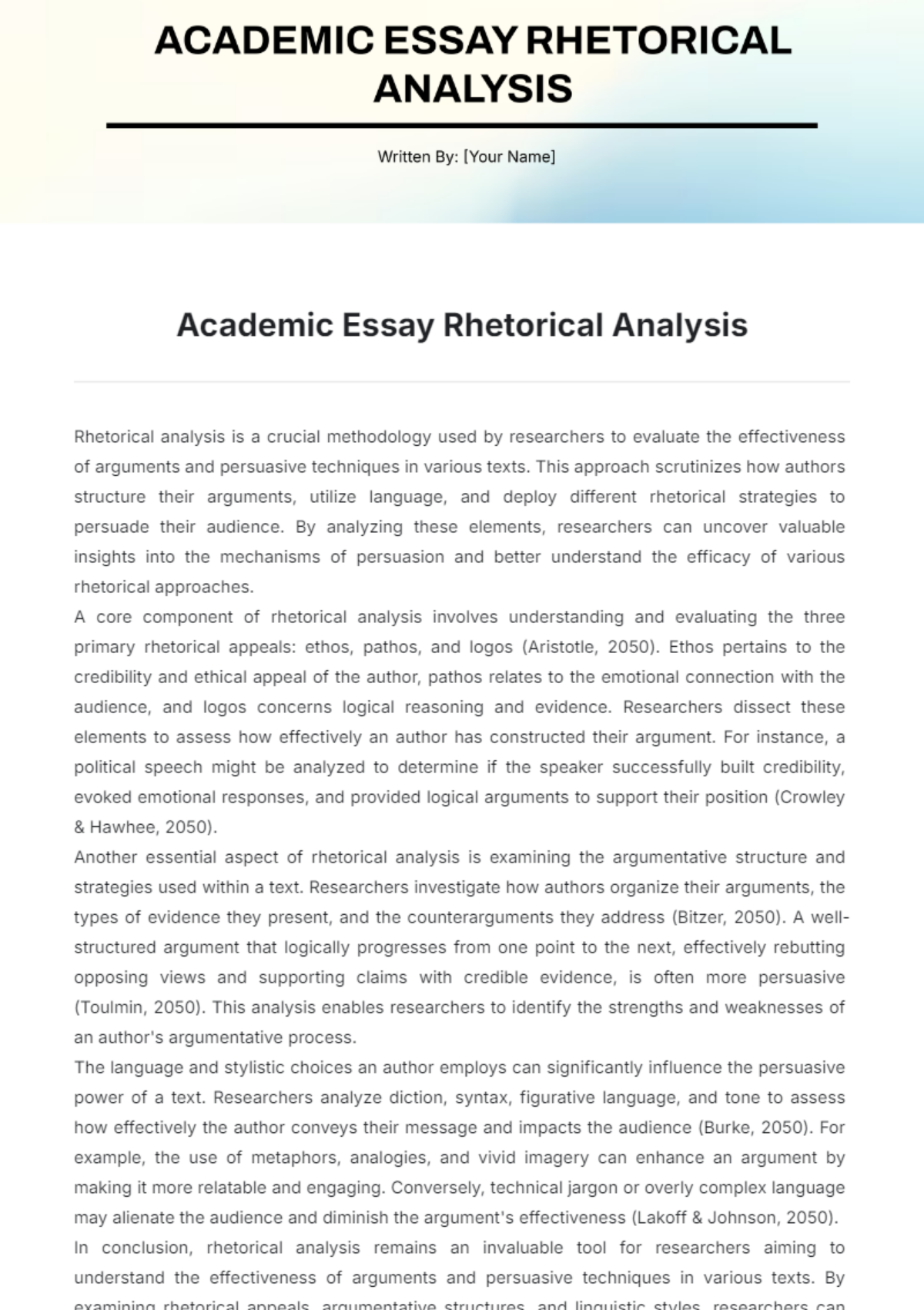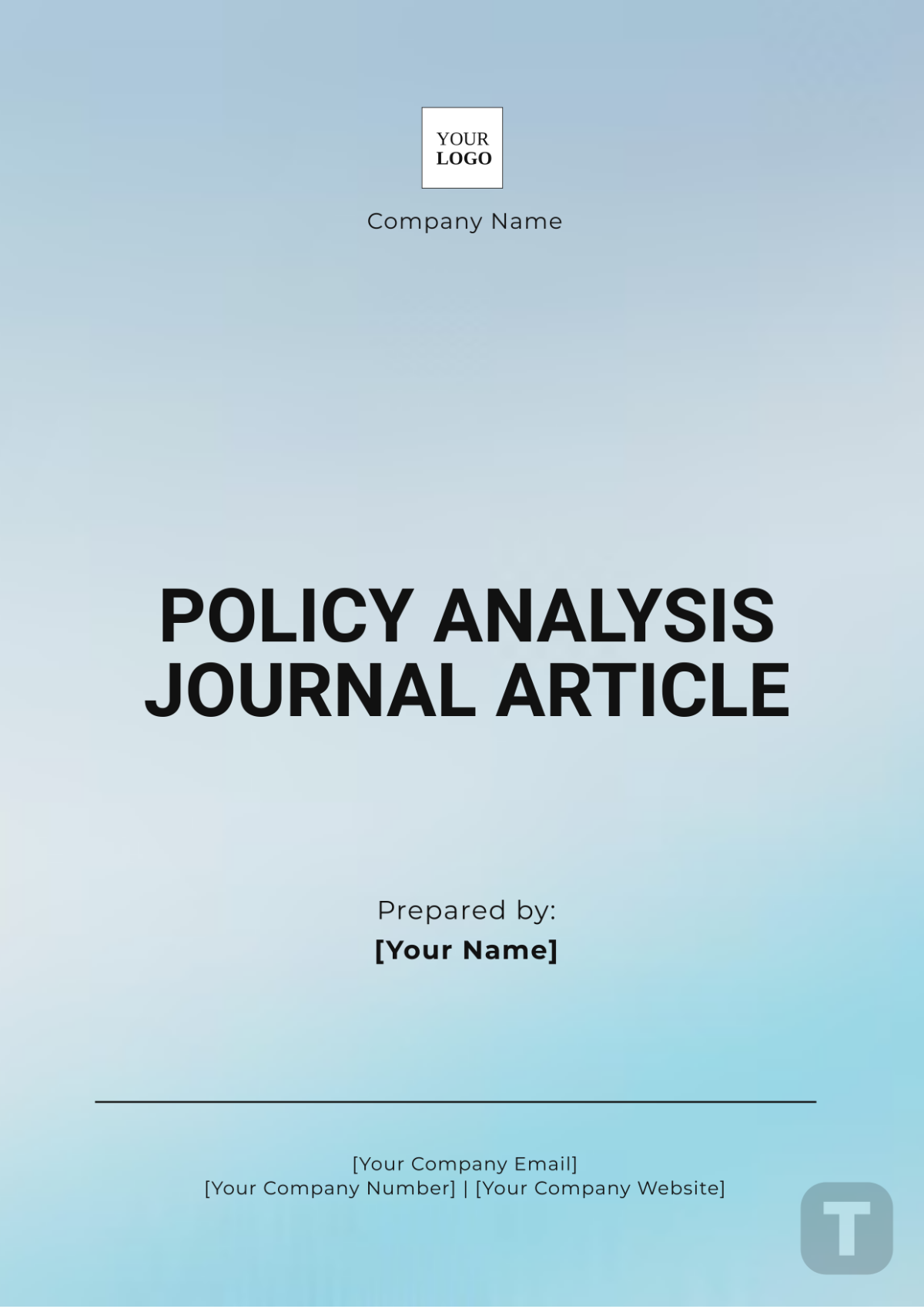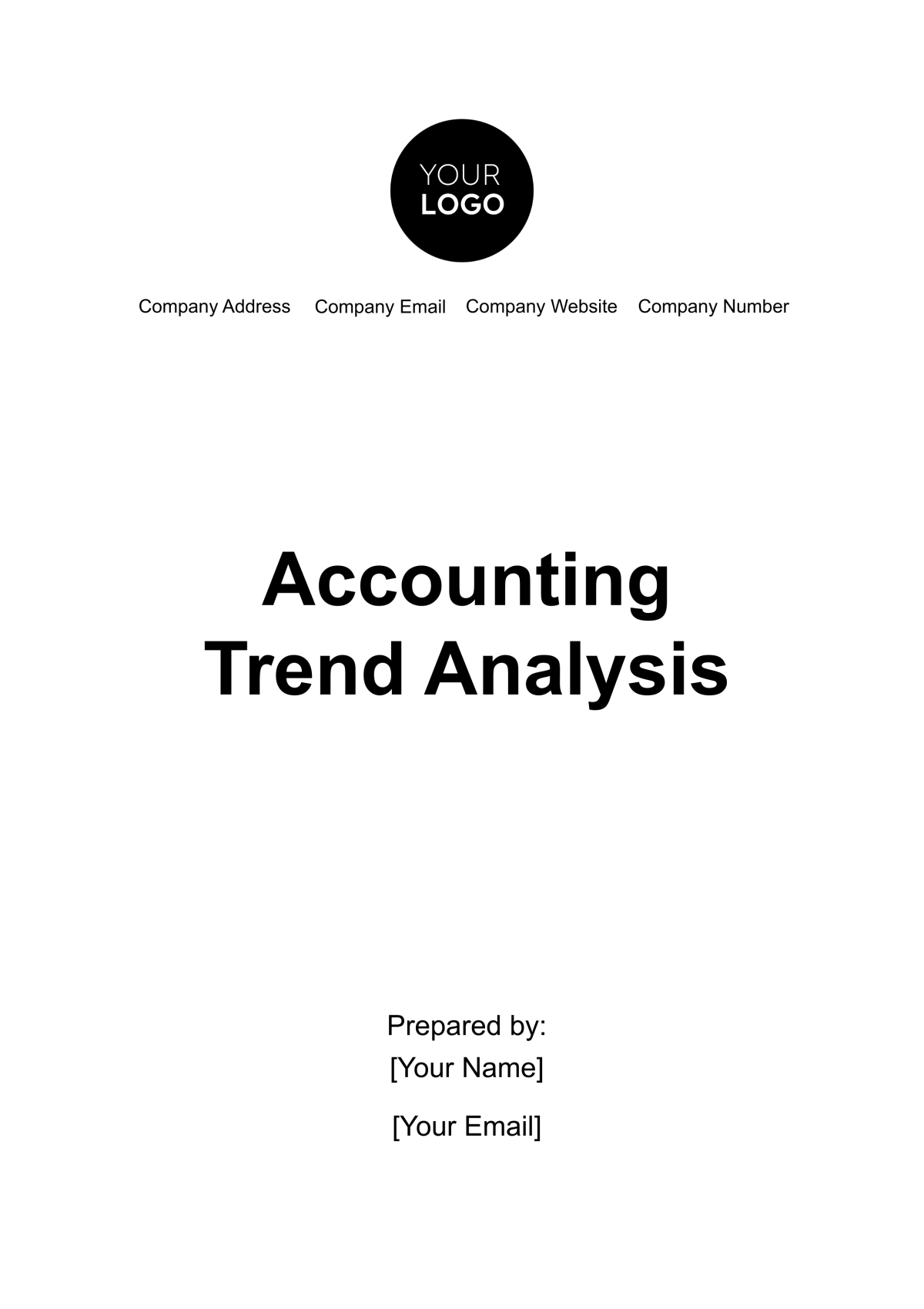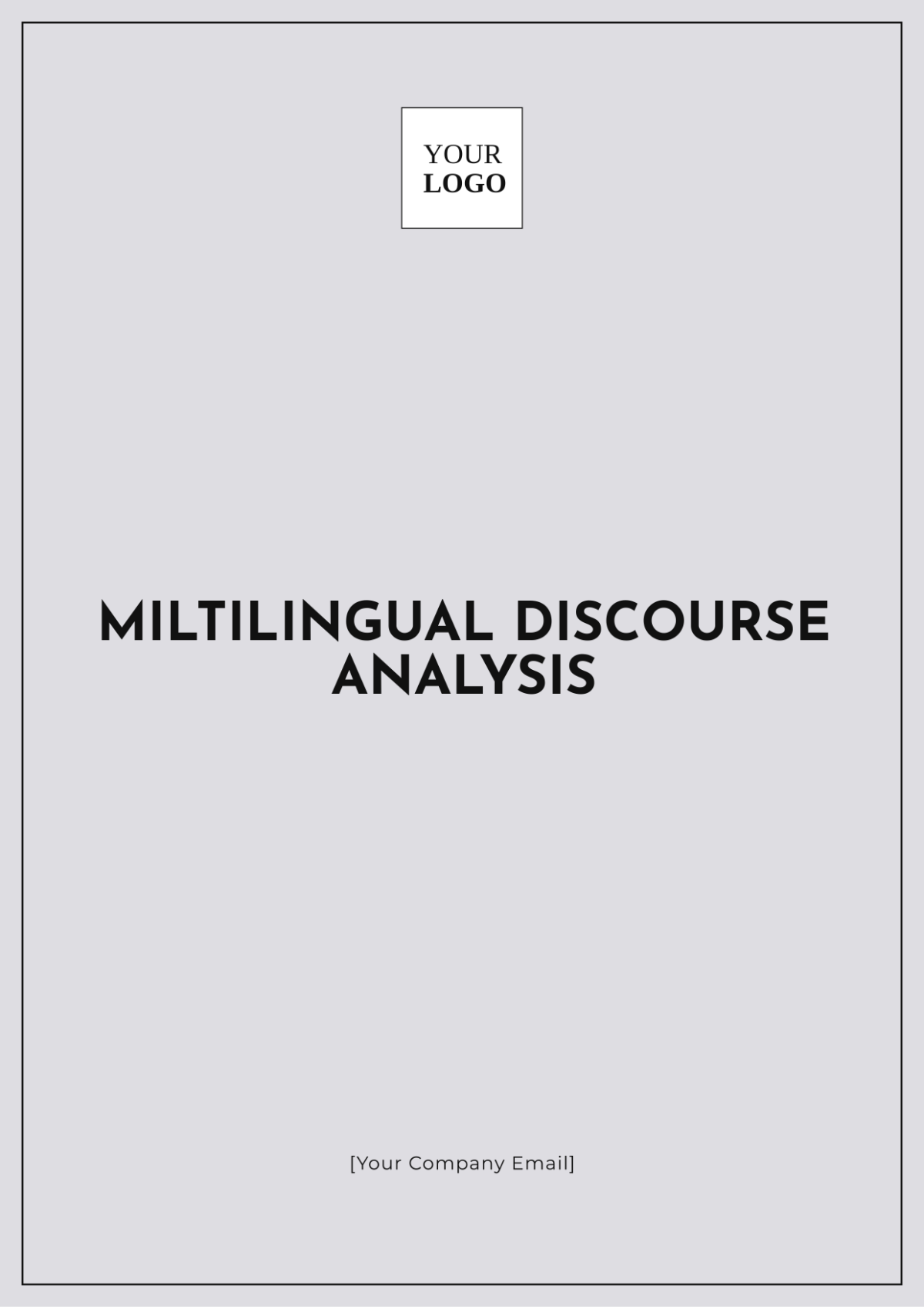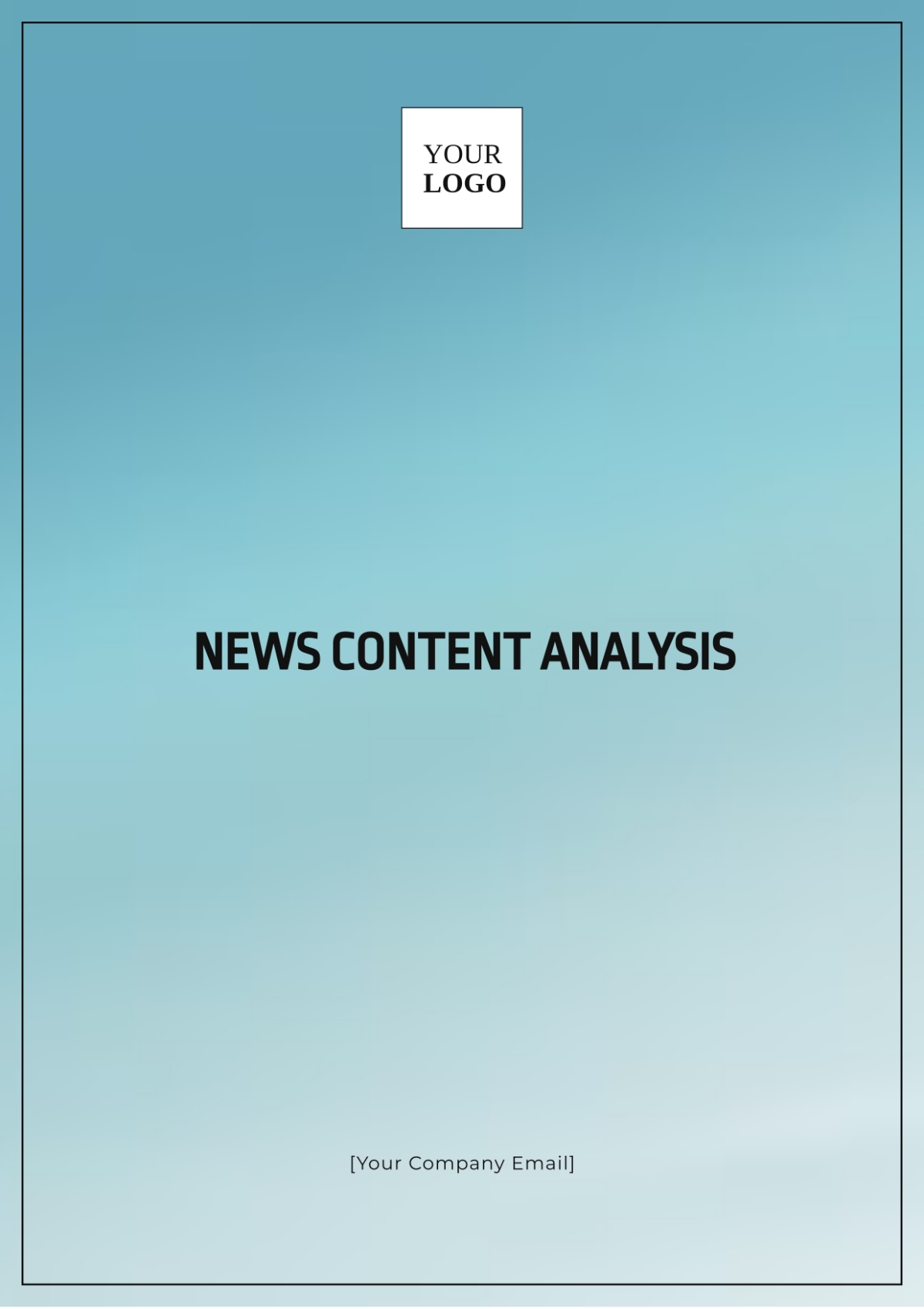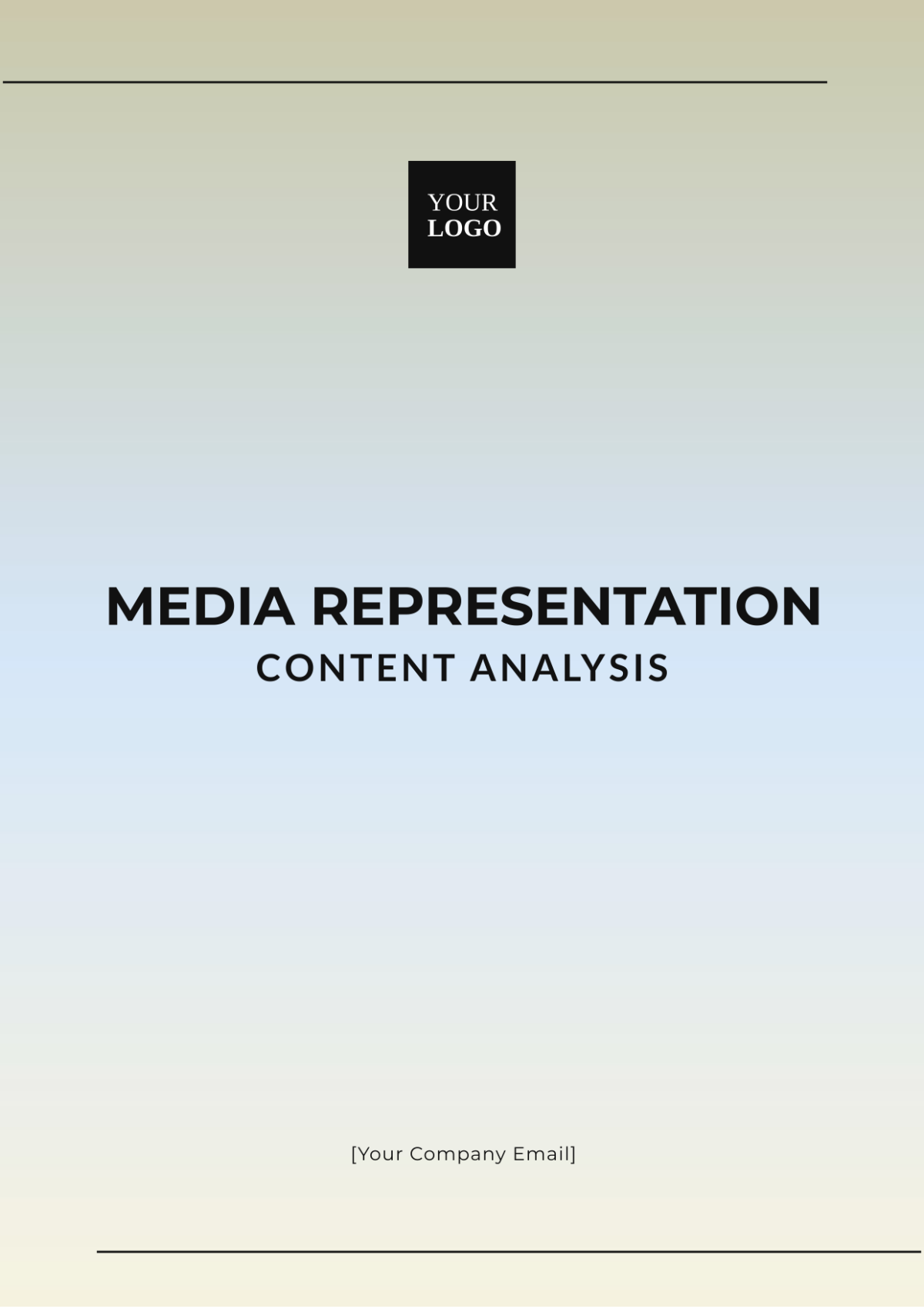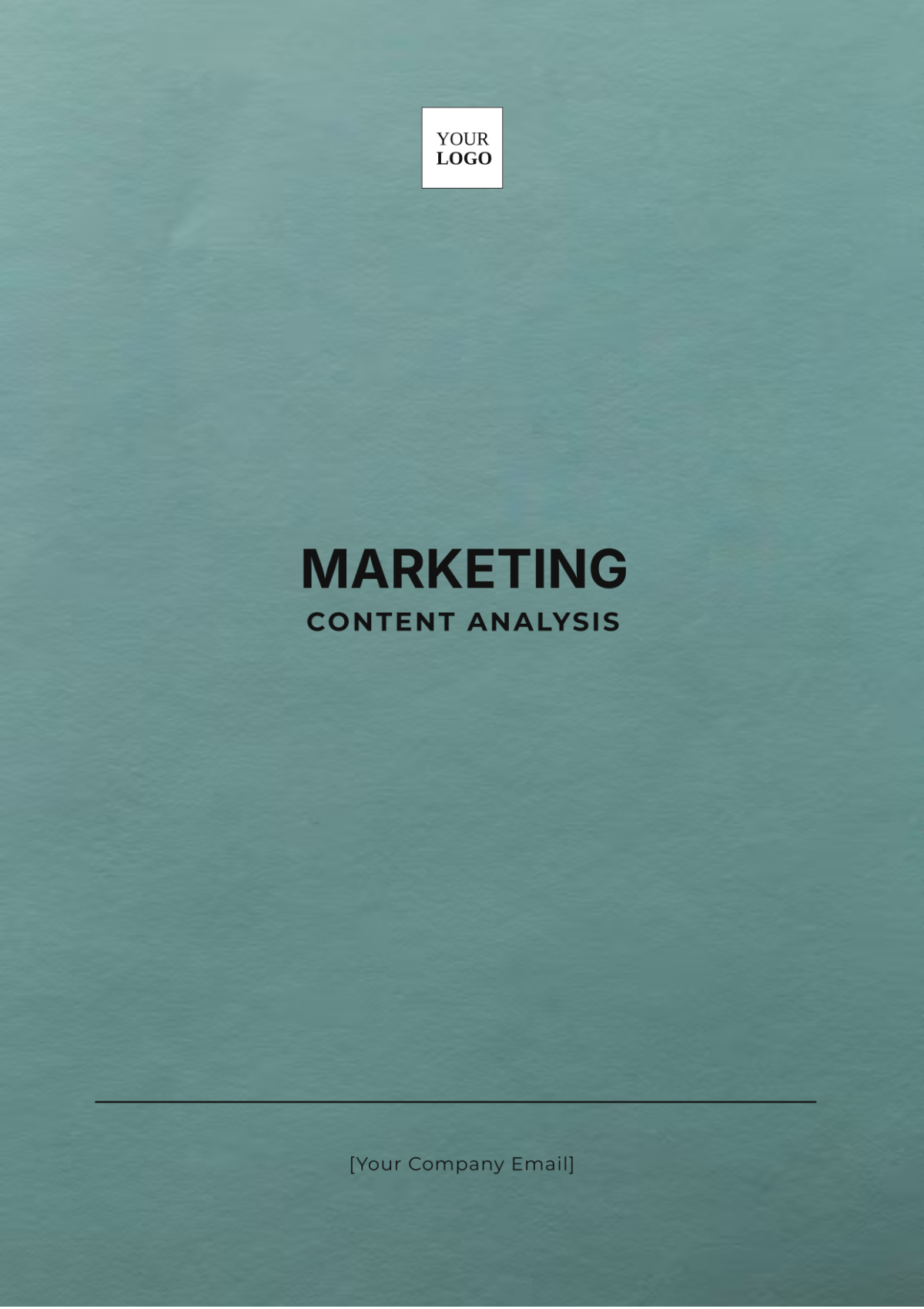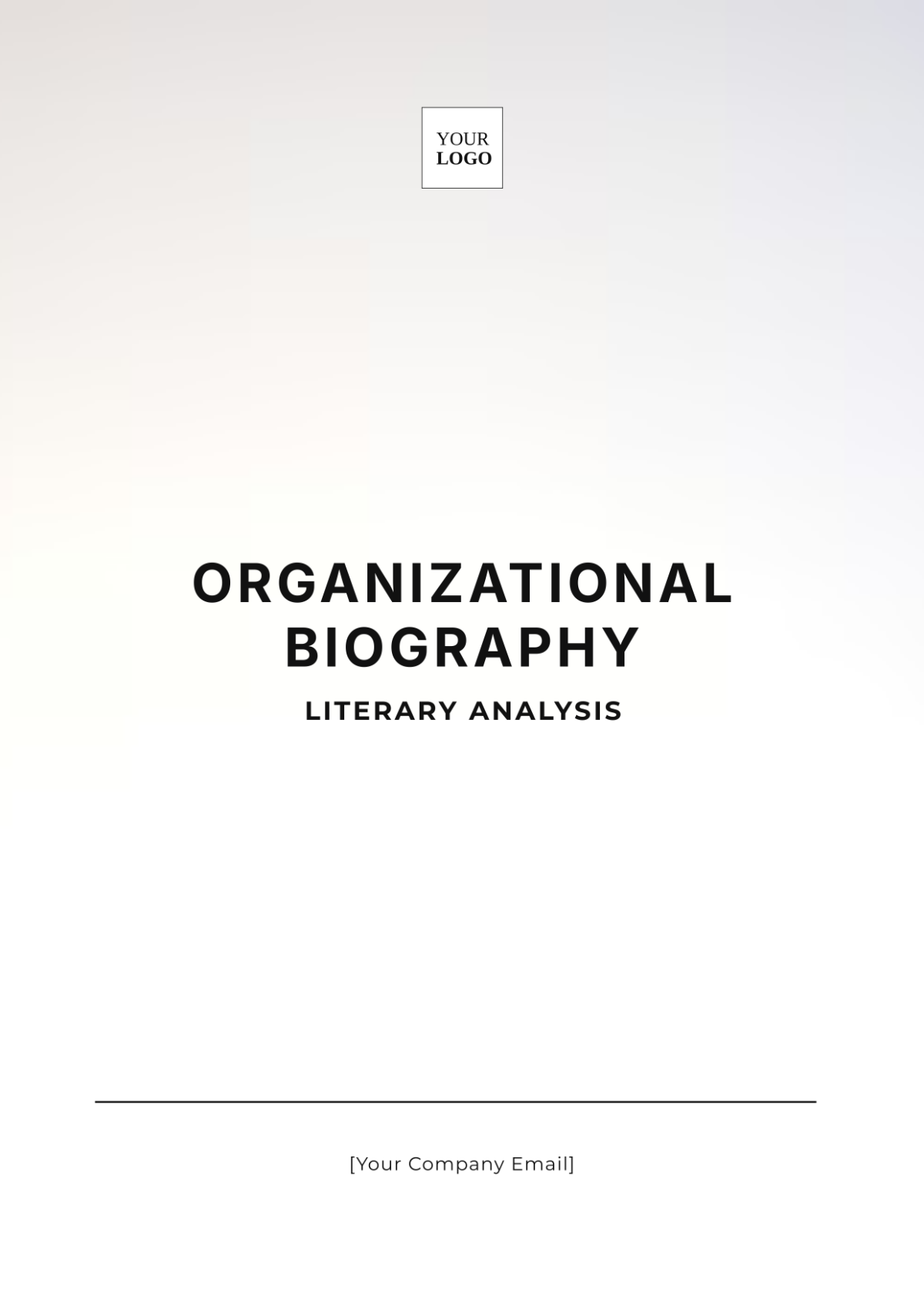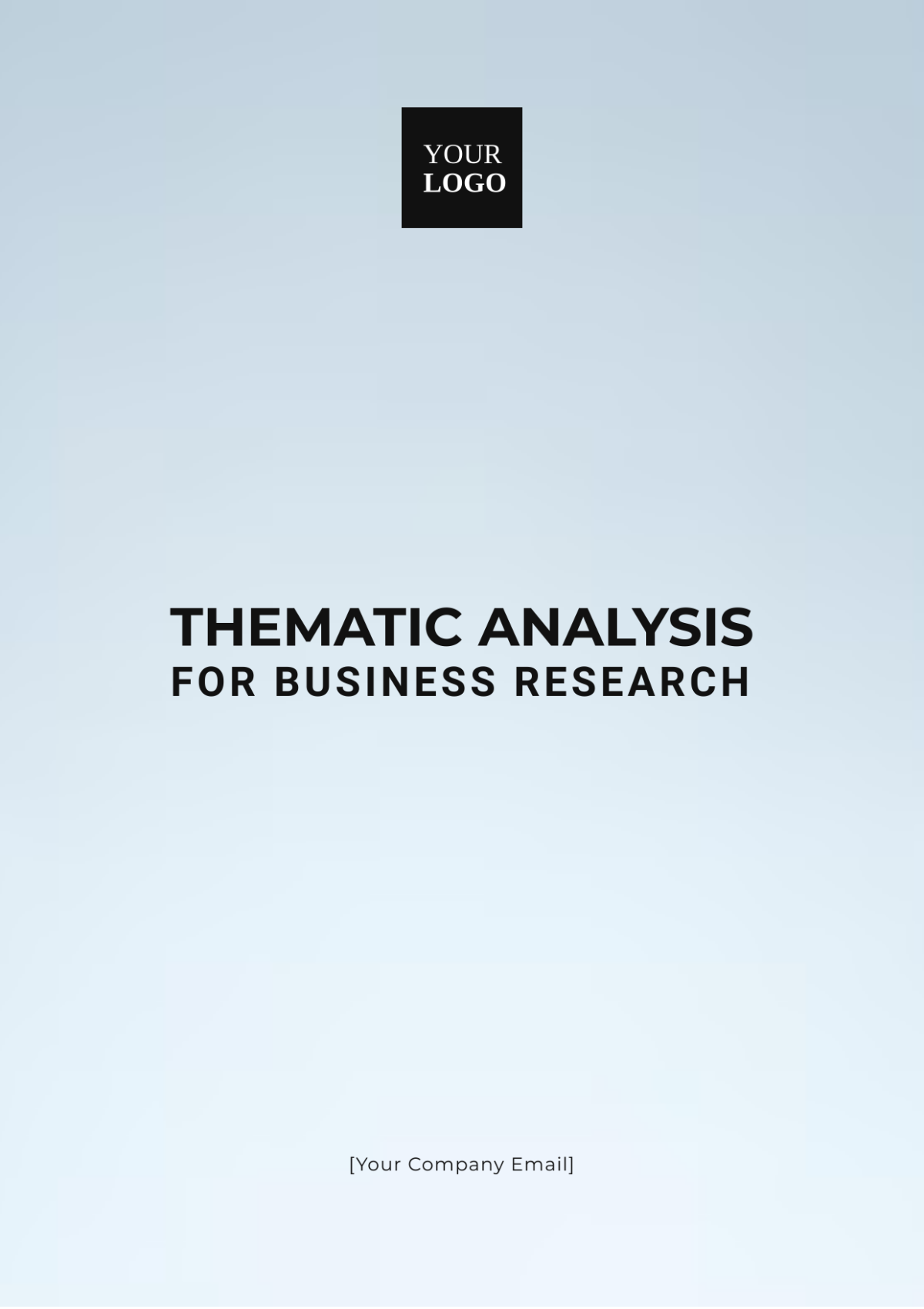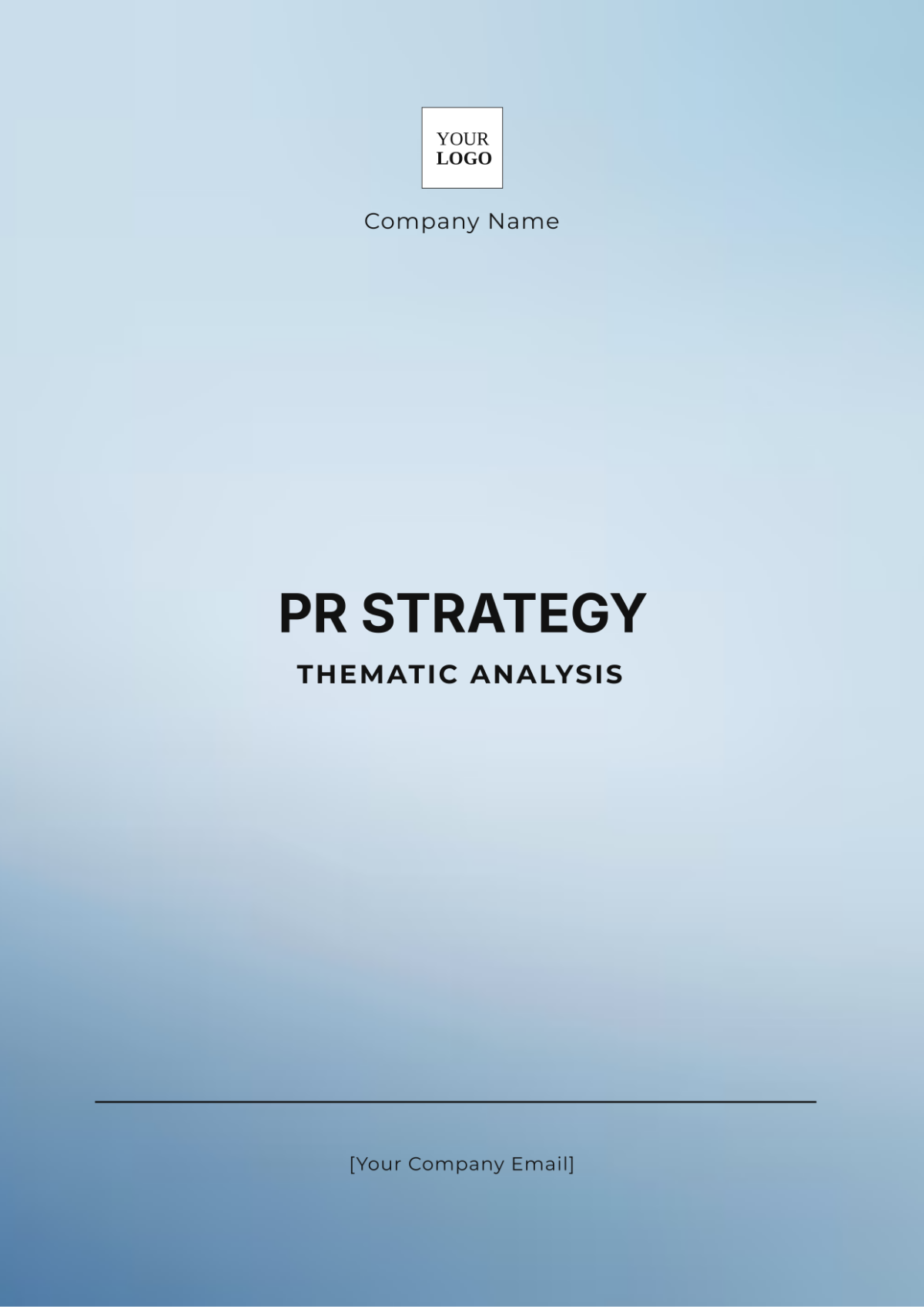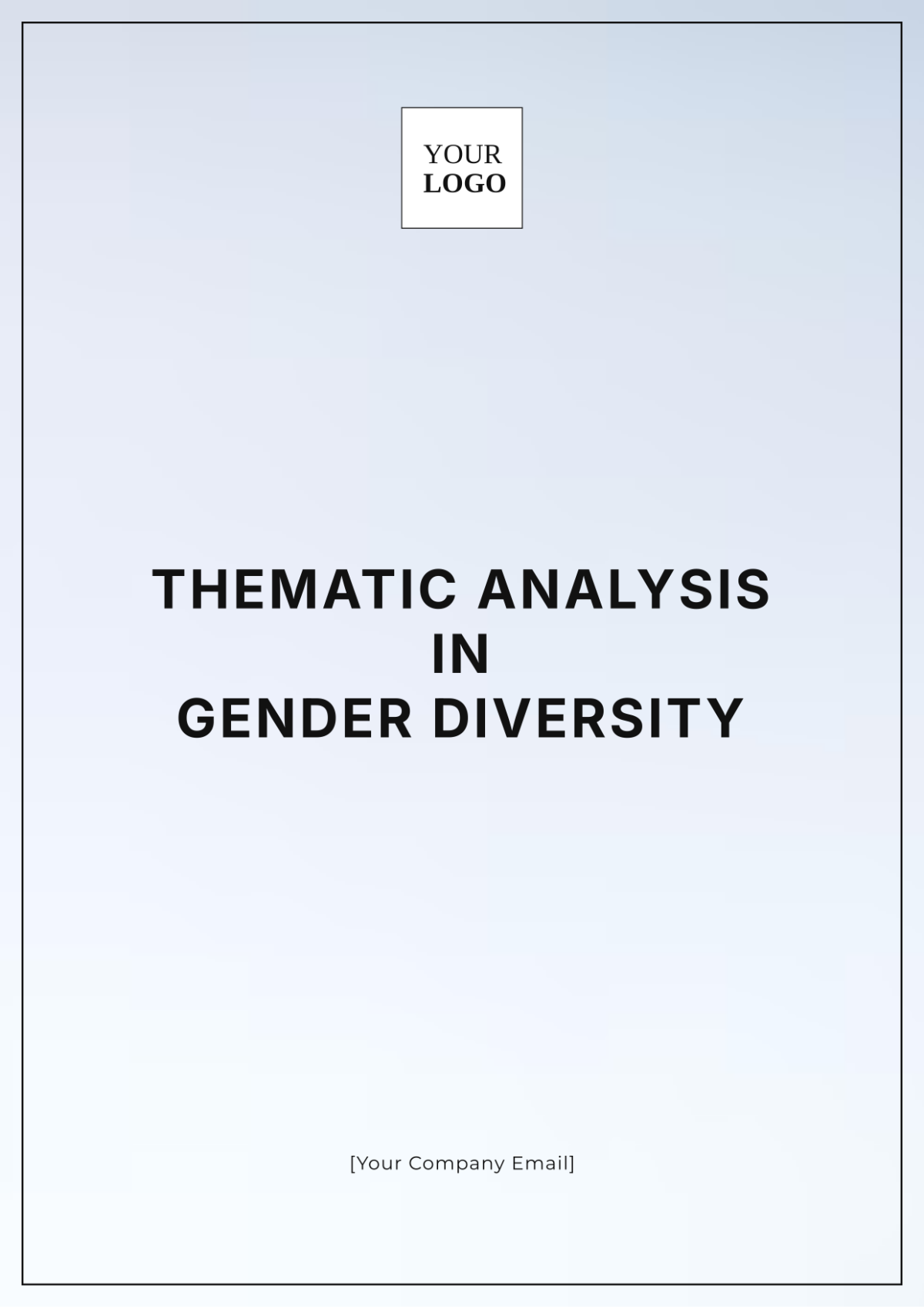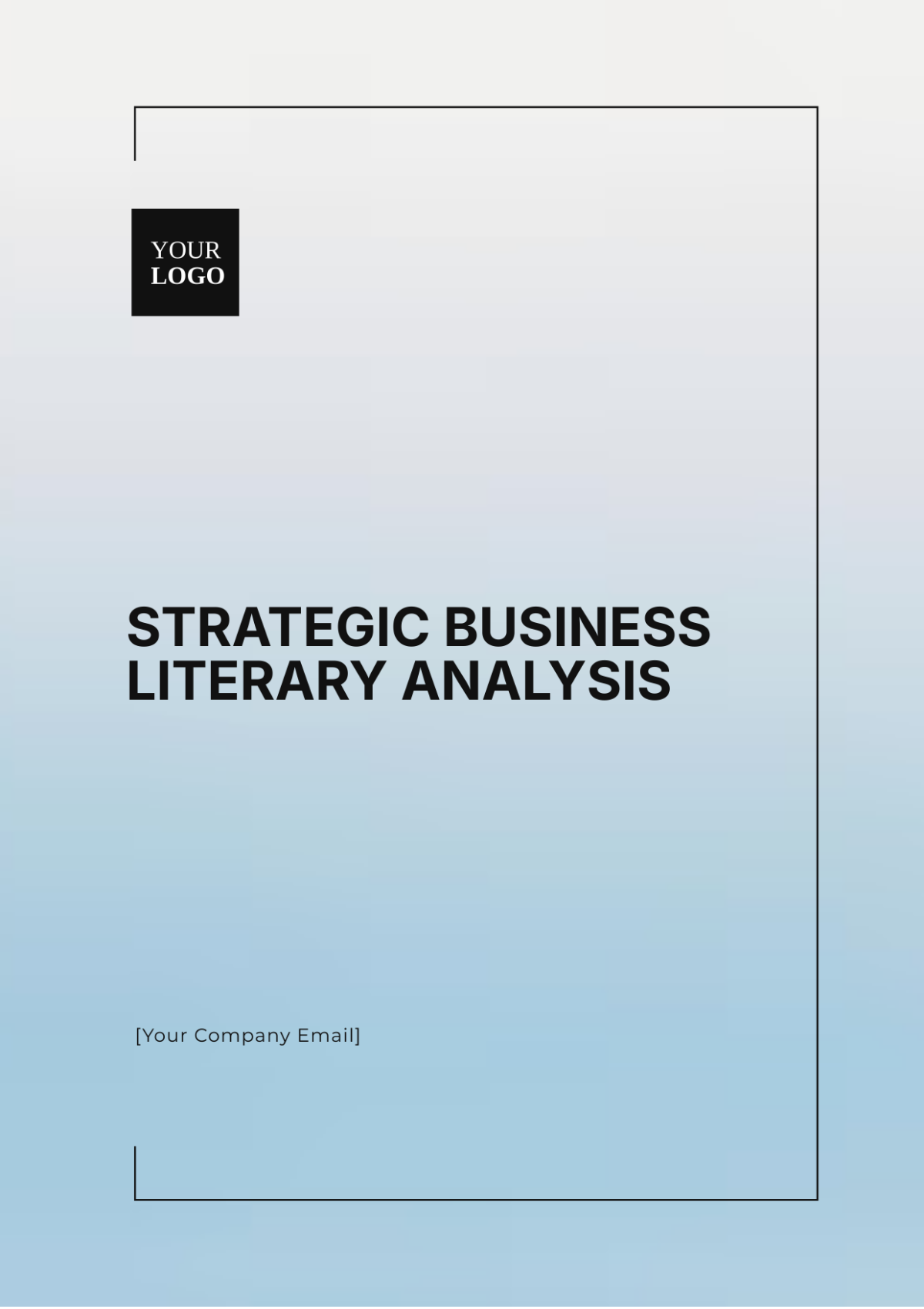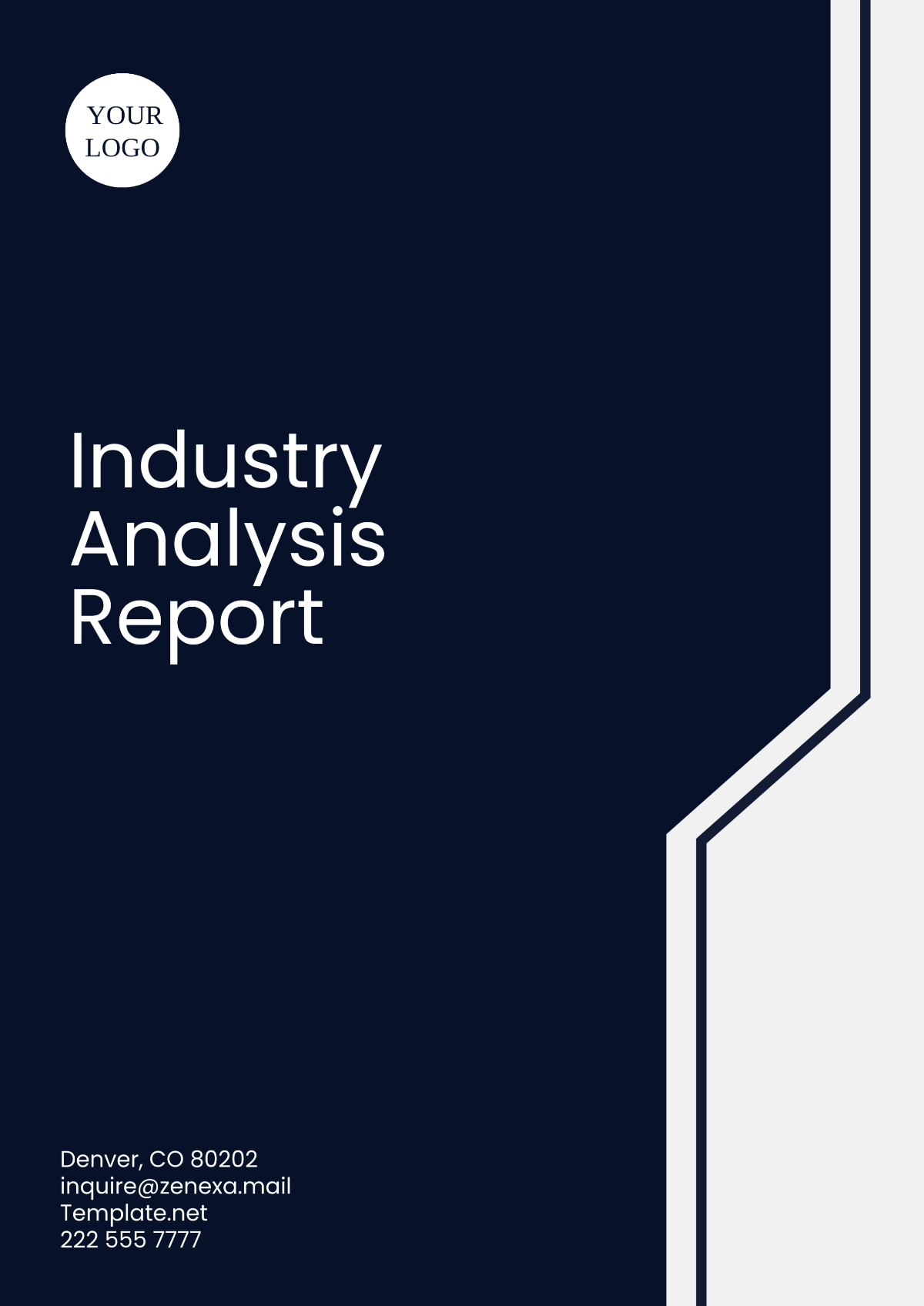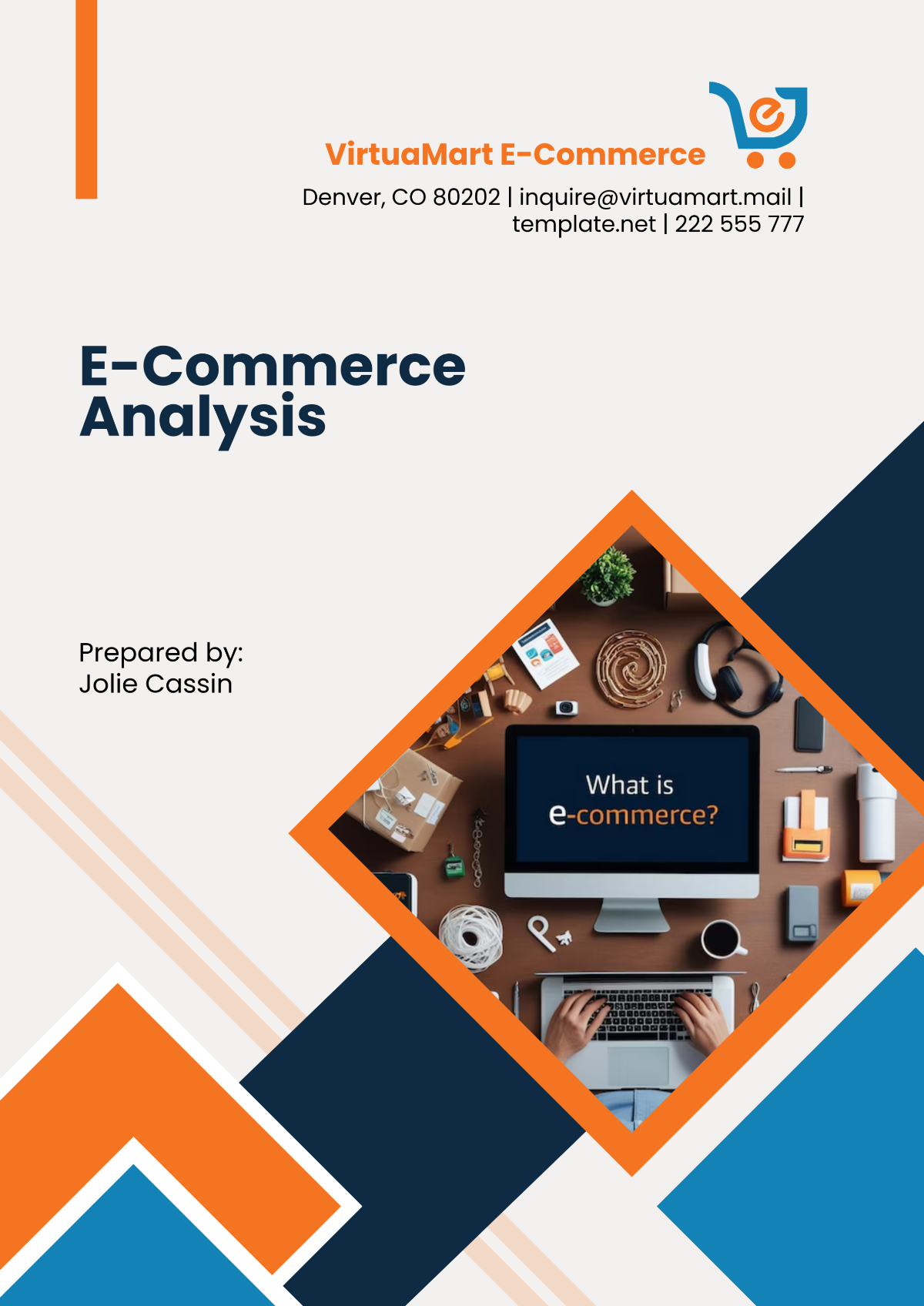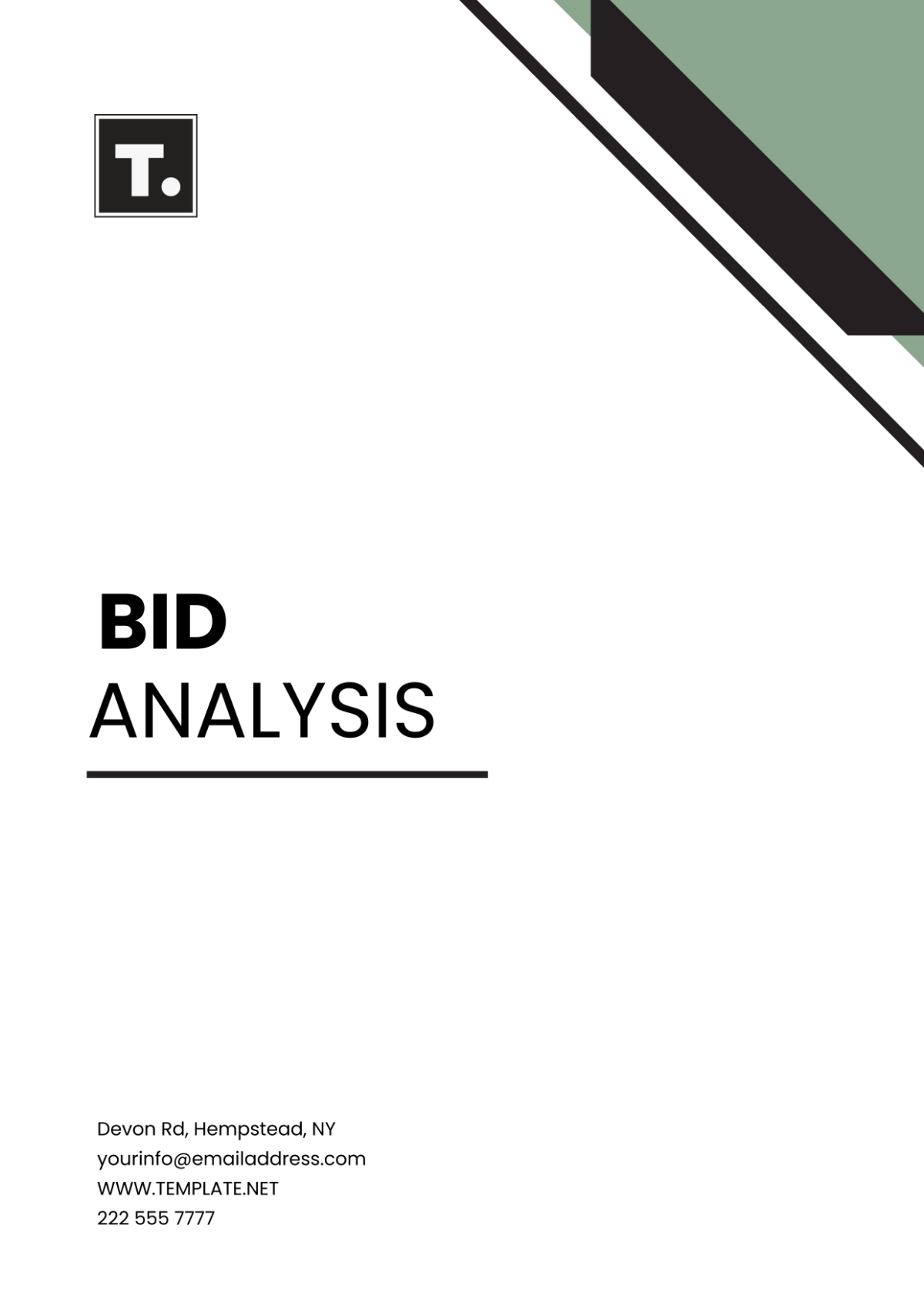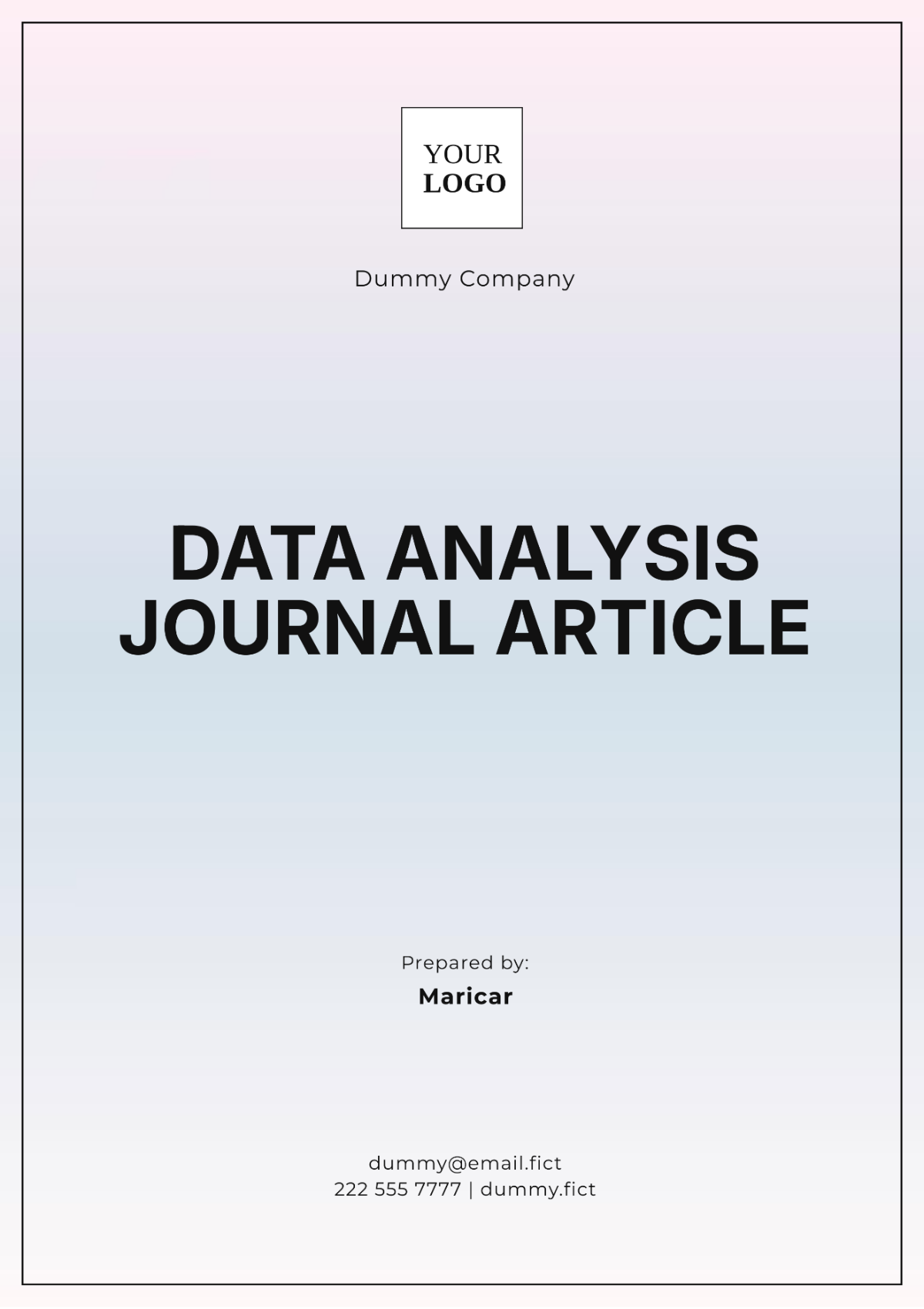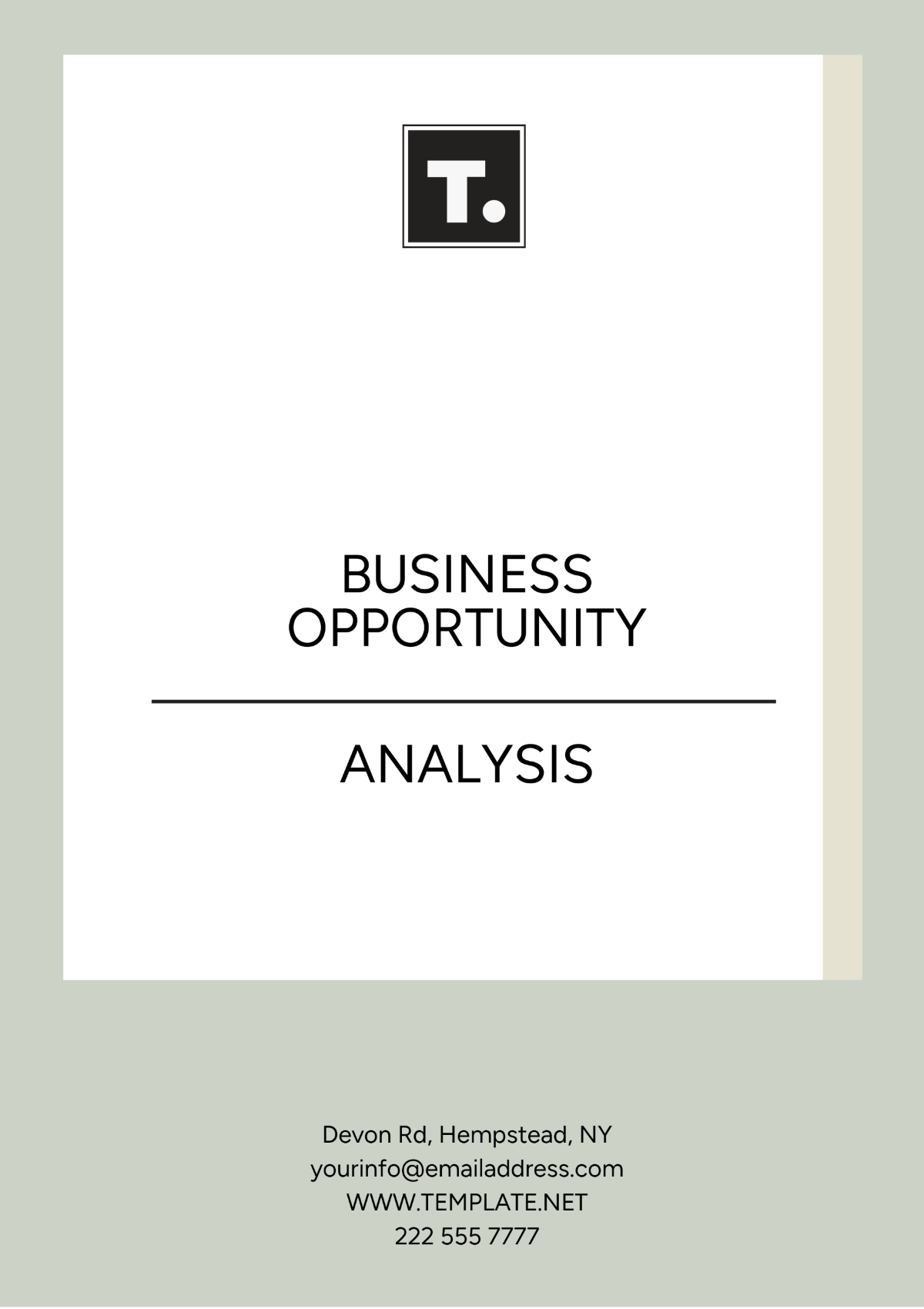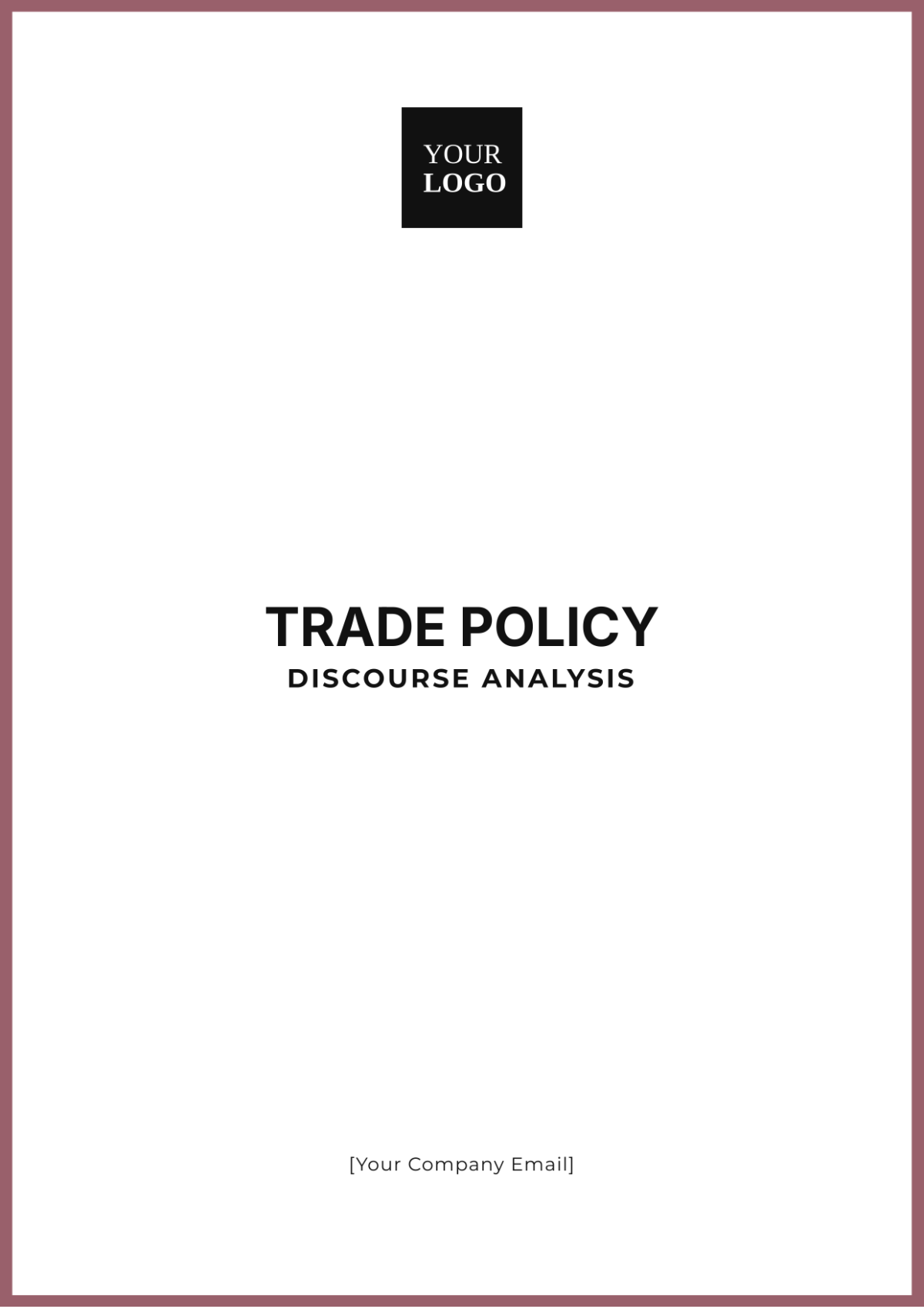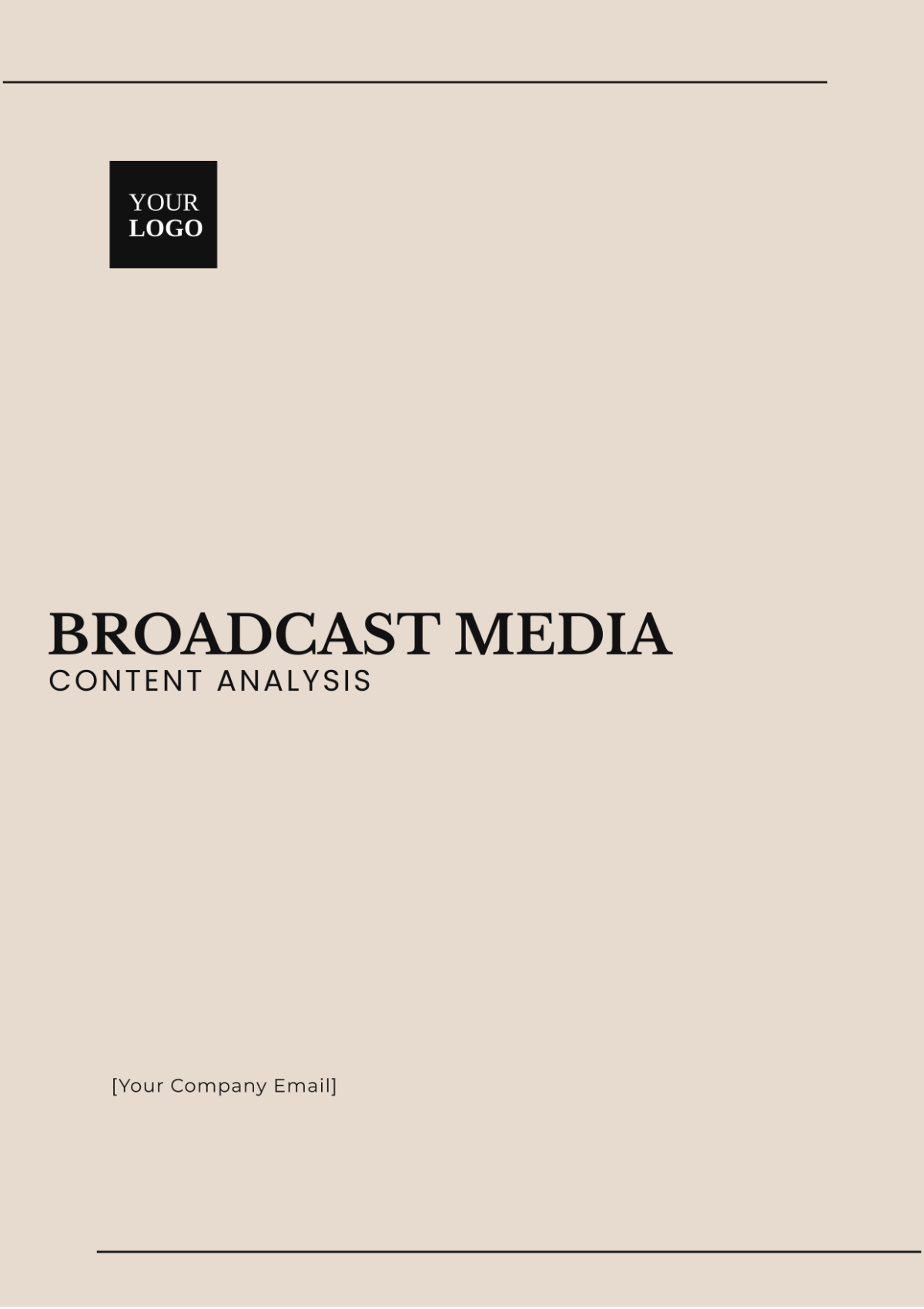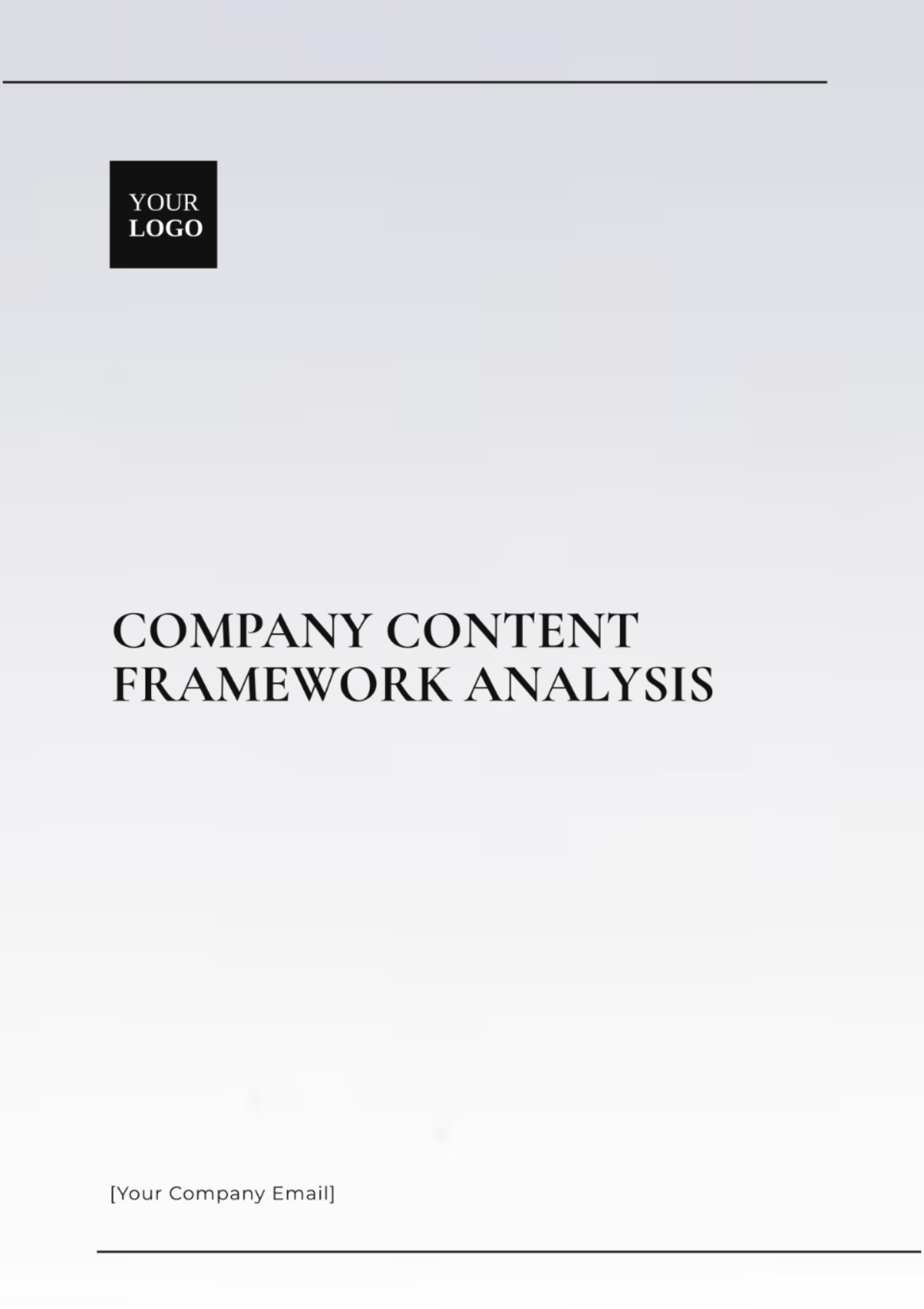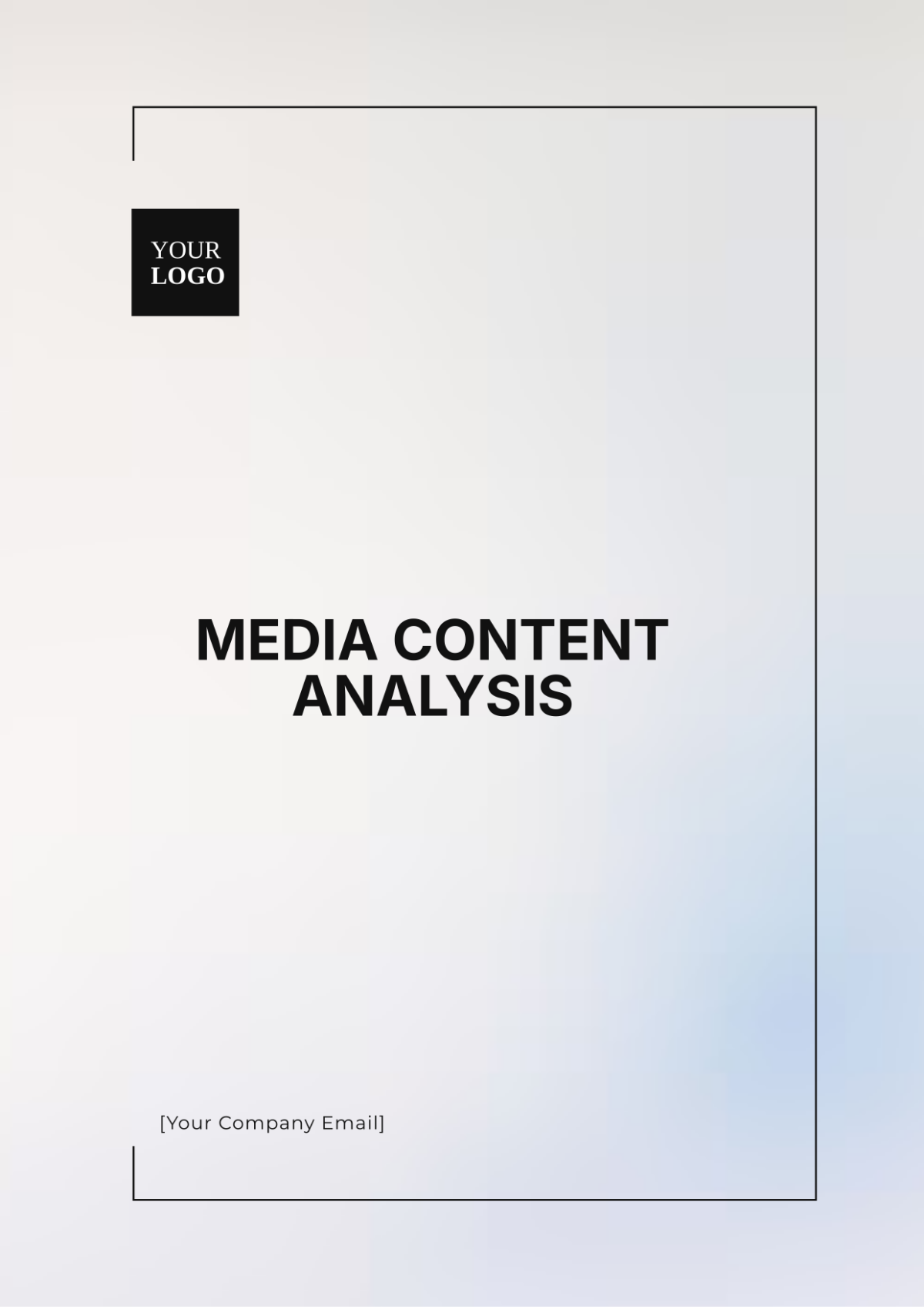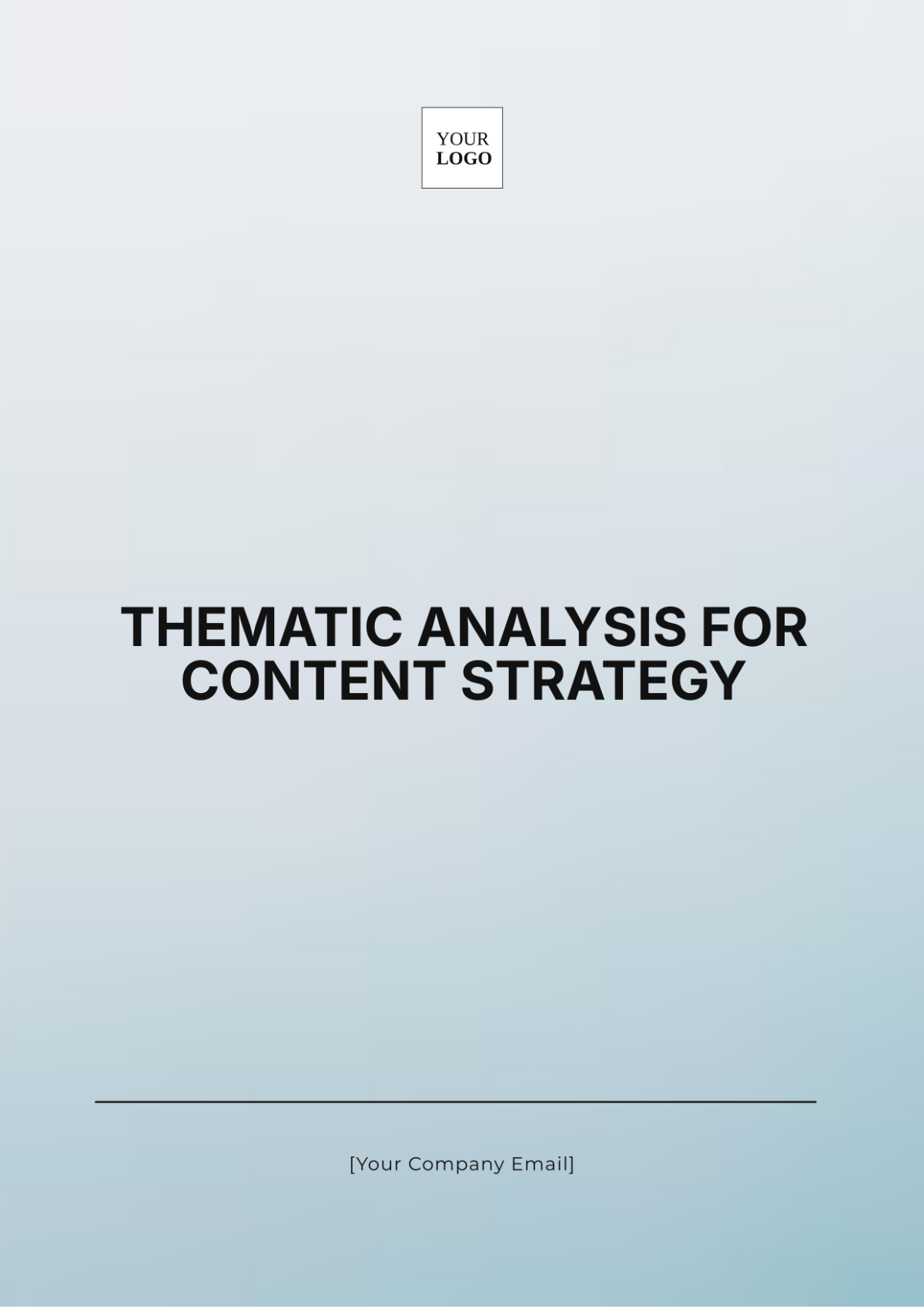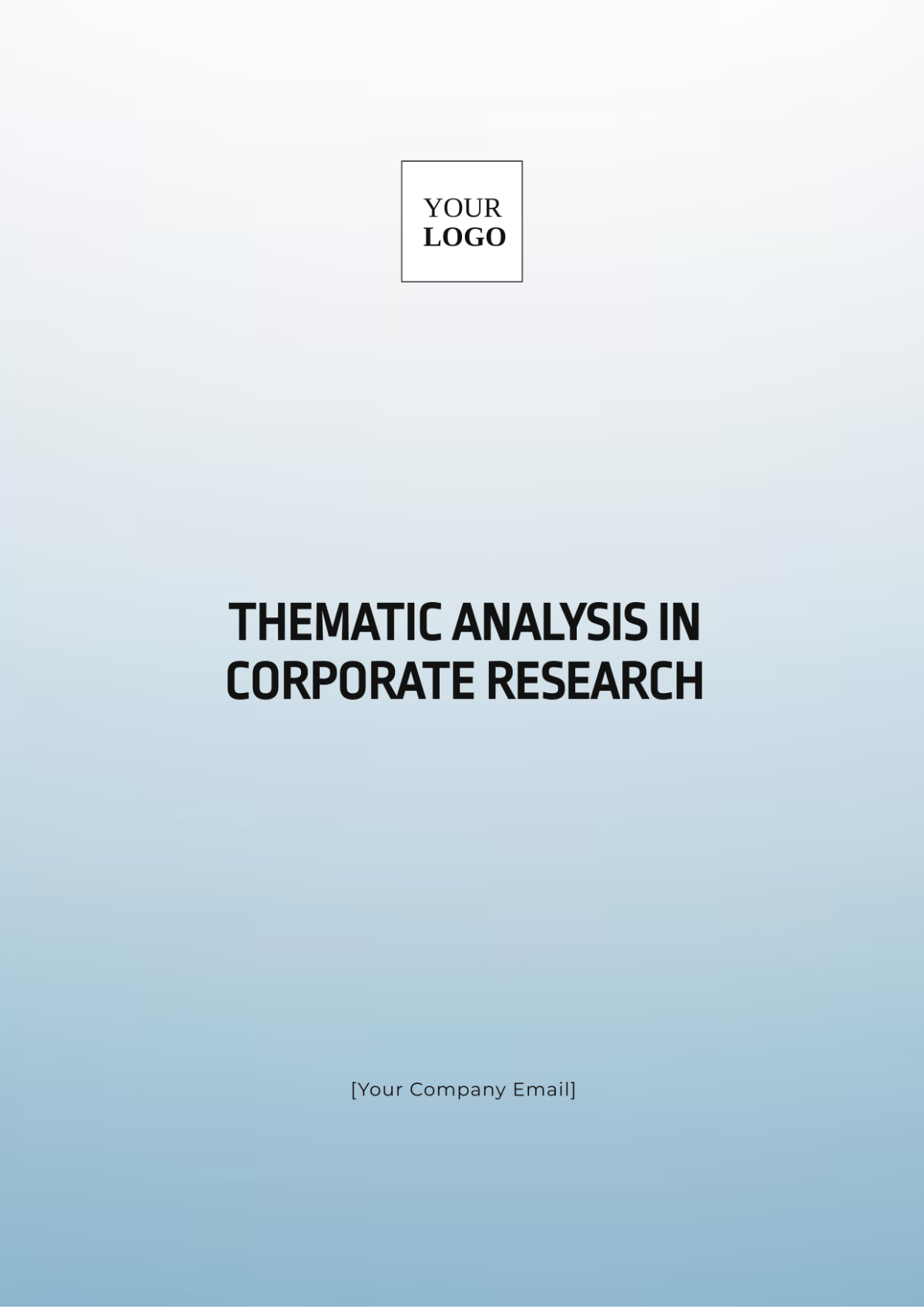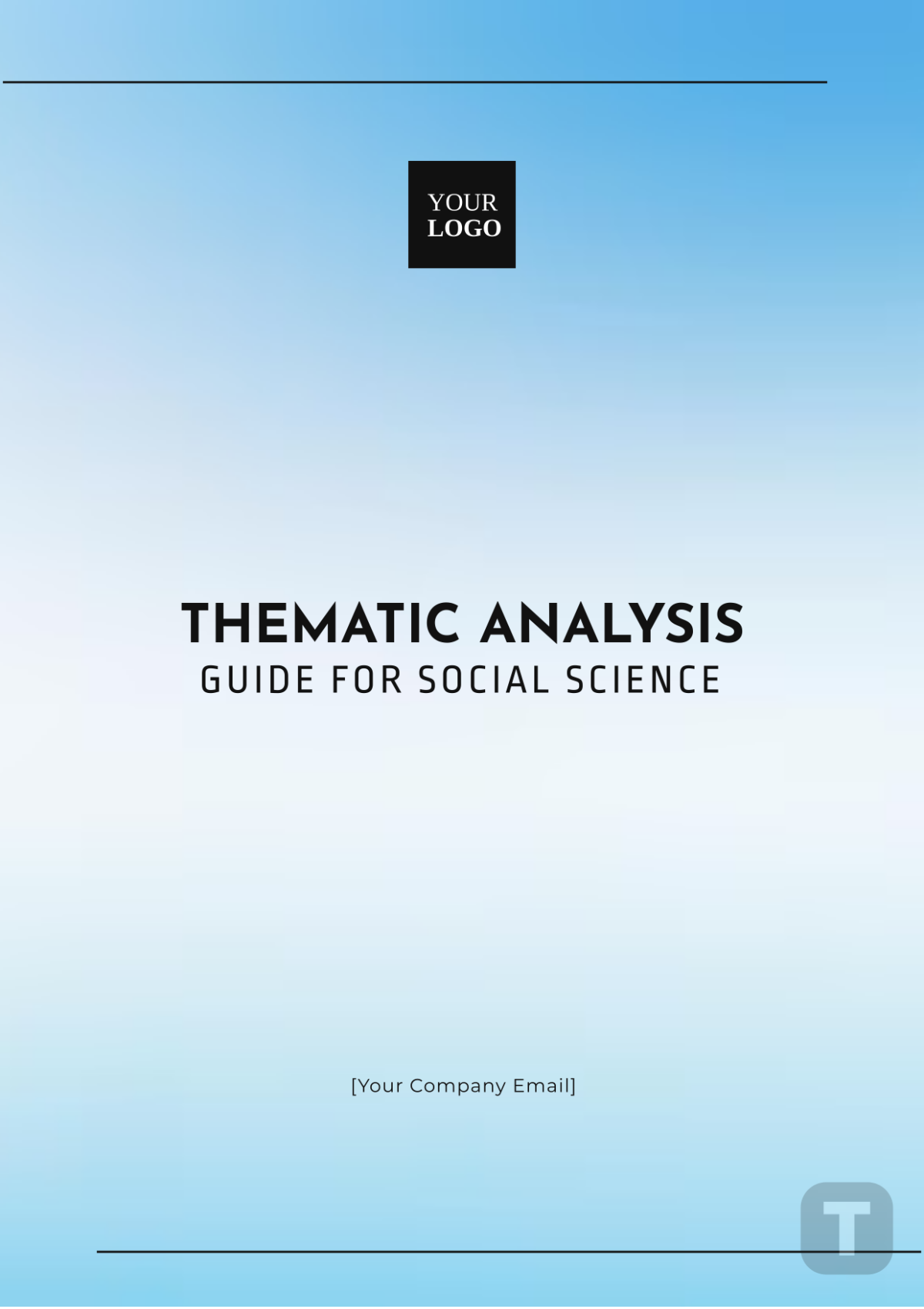Trade Policy Discourse Analysis
Prepared By: [Your Name]
I. Introduction
Trade policy has always been a critical aspect of international relations and economic strategy, shaping the global economic landscape and influencing the growth, investment, and geopolitical dynamics of nations. This analysis delves into contemporary discussions on trade policies, exploring key themes such as free trade versus protectionism, the role of trade agreements, and the economic and political impacts of these policies. Insights are presented both narratively and through structured data, offering a comprehensive overview of the discourse.
II. Overview of Trade Policy Themes
A. Free Trade vs. Protectionism
The debate between free trade and protectionism remains one of the most significant in trade policy discourse. This debate is characterized by opposing viewpoints, each with compelling arguments regarding economic growth, innovation, and stability.
Aspect | Free Trade | Protectionism |
|---|---|---|
Economic Growth | Facilitates market access, expands consumer choice, and encourages competitive pricing, driving overall economic growth. | Safeguards local industries, protect jobs in vulnerable sectors, and prevents market flooding by cheaper goods, preserving economic stability. |
Innovation | Promotes research and development (R&D) through competition, and facilitates the spread of technological advances globally. | Encourages domestic R&D and supports strategic industries, fostering innovation tailored to national priorities. |
Economic Stability | Spreads risk across multiple markets and reduces the likelihood of trade wars, contributing to global economic stability. | Reduces dependency on volatile global markets and supports the development of strategic national reserves, enhancing economic resilience. |
B. Trade Agreements and Regional Blocs
Trade agreements and regional trade blocs are pivotal in shaping international trade policies. They facilitate the smoother flow of goods, services, and capital among member countries, leading to more integrated and efficient markets.
Trade Agreement/Bloc | Members | Key Features |
|---|---|---|
NAFTA/USMCA | United States, Canada, Mexico | Elimination of tariffs, intellectual property protections, and enforcement of environmental and labor standards. |
European Union (EU) | 27 European countries | Single market and customs union, common external tariff, and free movement of goods, people, services, and capital. |
ASEAN | 10 Southeast Asian countries | Regional economic integration, elimination of non-tariff barriers, and investment facilitation among members. |
III. Economic Impacts of Trade Policies
A. Employment and Labor Markets
Trade policies have profound effects on employment and labor markets. Policies promoting liberalization can create jobs in export-oriented industries but might also result in job losses in sectors that previously benefited from protectionist measures. Conversely, protectionist policies can safeguard employment in specific industries but often at the cost of higher consumer prices and economic inefficiencies.
Case Studies:
USA Tariffs on Steel and Aluminum (2018): The U.S. imposed tariffs on imported steel and aluminum to protect domestic industries. This policy led to a revival in domestic production but increased costs for manufacturers dependent on these metals, potentially causing job losses in downstream industries.
Bangladesh Garment Industry: The removal of trade barriers and preferential trade agreements significantly boosted Bangladesh’s garment sector, creating millions of jobs. However, the industry faces challenges such as labor rights violations and poor working conditions, highlighting the complexities of trade liberalization.
B. Consumer Prices and Living Standards
Trade policies also influence consumer prices and living standards. Free trade agreements typically result in lower consumer prices due to reduced tariffs and increased competition, enhancing living standards. On the other hand, protectionist policies may lead to higher prices as domestic industries face less competition, often resulting in inefficiencies.
Historical Examples:
Chile’s Trade Liberalization (1970s-1980s): Chile's shift towards trade liberalization reduced the cost of imported goods, increasing purchasing power and improving living standards.
India’s Import Substitution Industrialization (1950s-1980s): India’s protectionist policies aimed at developing domestic industries but often resulted in high consumer prices and production inefficiencies, hindering economic growth.
IV. Political Dynamics of Trade Policies
A. Trade Policy Formulation
The formulation of trade policies is a complex process, involving multiple stakeholders such as government agencies, industry associations, labor unions, and non-governmental organizations. Political ideologies and economic priorities significantly influence the direction and nature of these policies.
Factors Influencing Trade Policy:
Government Priorities and Ideologies: National economic goals and political ideologies often shape the formulation of trade policies, determining whether a country leans towards free trade or protectionism.
Economic Conditions and Trends: Current economic conditions, such as inflation rates, unemployment, and economic growth, play a crucial role in shaping trade policy decisions.
Stakeholder Interests and Lobbying: Industry associations, labor unions, and other interest groups actively lobby for policies that favor their constituencies, influencing the outcome.
Geopolitical Considerations: Trade policies are also influenced by geopolitical dynamics, including alliances, rivalries, and global power structures.
Public Opinion and Electoral Pressures: Politicians often craft trade policies with an eye on public opinion and upcoming elections, balancing economic benefits with electoral prospects.
B. Influence of International Organizations
International organizations like the World Trade Organization (WTO), the International Monetary Fund (IMF), and the World Bank play crucial roles in shaping global trade policies. These institutions provide frameworks for trade negotiations, dispute resolution, and policy recommendations, influencing national trade policies.
Organization | Functions and Roles |
|---|---|
WTO | Facilitates trade negotiations, resolves disputes, and conducts trade policy reviews. |
IMF | Provides economic surveillance, financial assistance, and policy advice to member countries. |
World Bank | Implements development projects, focuses on poverty alleviation, and builds capacity in developing countries. |
V. Conclusion
The discourse surrounding trade policies is multifaceted, encompassing economic, political, and social dimensions. Understanding these policies requires a balanced consideration of various viewpoints and their potential impacts on economies and societies. As global dynamics evolve, continuous analysis and dialogue are essential for shaping effective and equitable trade policies that promote sustainable economic growth and stability.


